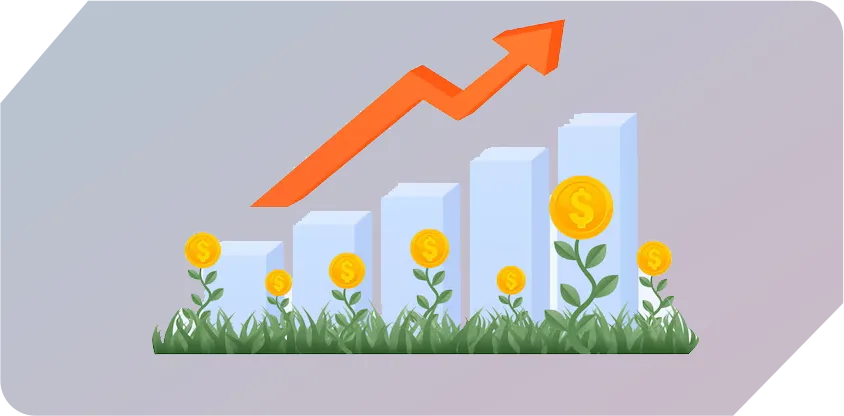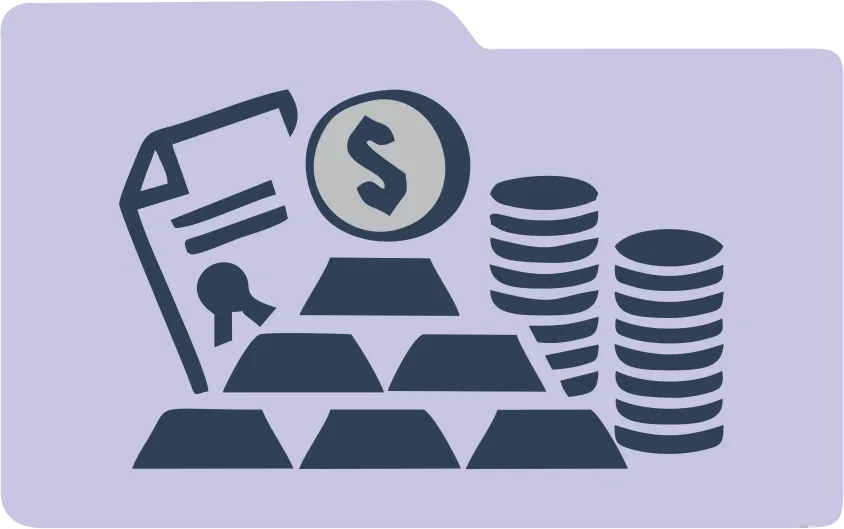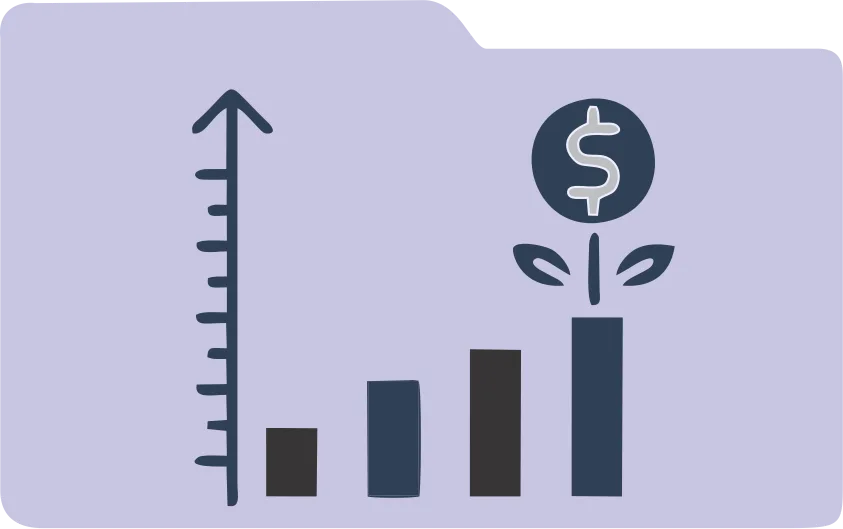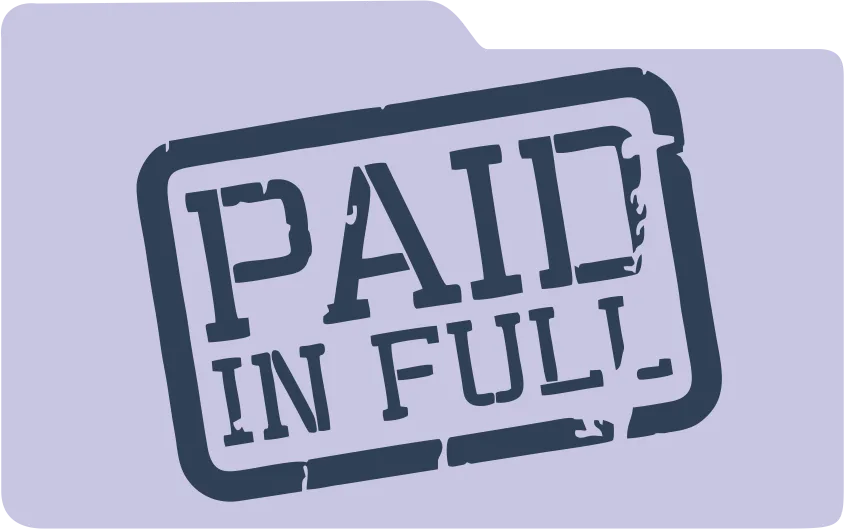Compound interest
Compound interest is a powerful and ubiquitous concept when it comes to investing, and its effects can be felt in the stock market. But what is compound interest and how does it work in the stock market?
Compound interest is an investment strategy in which earnings from an initial investment are reinvested, creating subsequent interest. This reinvestment of earnings from an initial investment leads to a compounding effect, leading to exponential growth.
In the stock market, compound interest works when an individual uses the proceeds from the sale of shares to purchase additional shares, creating a snowball effect. As the value of new stocks increases, so does the composite value of the portfolio, resulting in higher investment returns.
Compound interest is one of the most popular strategies used in the stock market, as it allows an individual to maximize their profits. However, it is also one of the most difficult strategies to use, as it requires constant tracking and monitoring of the markets to identify which investments will provide the greatest compounding effect.
It’s worth noting that while compound interest can be extremely lucrative, investment returns are never guaranteed. Therefore, it is important to be aware of the risks associated with the stock market and only invest your money if you are comfortable with the potential losses.
The potential return on an investment of $300 per month may vary depending on stock market performance and the investor’s stock and fund selections. Generally speaking, the stock market has had an average return of 10% over the last 90 years. If the market were to continue at an average of 10%, an investment of $300 a month would be worth more than $800,000 after 20 years.
It is important to remember that no past performance can guarantee future success, and there is always the possibility of greater loss than gain. With this in mind, it’s important to diversify your investments and seek expert financial advice when you’re unsure.
For those looking to live comfortably in retirement, investing $300 a month for 20 years could be a great way to work toward financial stability. With discipline, dedication, and a healthy investment strategy, investors could see incredible returns for 20 years.
Therefore, it is clear to see that understanding how investments in the stock market work, along with the effect of compound interest, can greatly affect the success of an investment strategy. In conclusion, if you are considering investing $300 a month over a period of 20 years, it is important to consider the potential of compounding interest and the effect the stock market can have on the overall success of your investment.
The advantage
The best way to take advantage of compound interest is to invest in stocks and other securities with long-term growth potential. As the value of these investments rise over time, so too will the amount of compound interest earned. Compound interest is easy to understand and can be a great way for investors to boost their returns in the stock market. It is important to remember, though, that compound interest works best with long-term investments.
What are Dividends
Dividends are paid out of the profits earned by the company, and the amount of a dividend will depend on the profits earned. Usually, when companies announce their earnings, they will also announce the amount of dividends that are being paid out. Generally, companies will pay out dividends as a percentage of the company’s profits, and the actual amount of money that shareholders will receive is based on the number of shares they own.
Dividends can be a great way for investors to earn a regular income, and they can also be used to build a large nest egg. Dividends can be reinvested, which means that the money will be used to buy more shares, which can then be used to generate more dividend payments.
When evaluating a company, investors should always consider the amount of dividends being paid out and what the company’s track record is on paying dividends. It is also important to keep in mind that dividends are not guaranteed, and a company may not be able to continue paying them out if their profits decline.
Overall, dividends can be a great way to earn additional income from investing in the stock market, but it is important to understand the concept and to evaluate companies before investing.
How to reinvest your dividends
Investors across the United States are eager to maximize their stock market returns. One of the best ways to do that is to reinvest dividends to purchase additional shares of stock. Reinvesting dividends is a simple process, but it can be a powerful tool for long-term investors.
By reinvesting dividends, investors can amplify the growth of their stock portfolio and compound returns over time. To begin reinvesting your dividends, start by looking into the different ways you can reinvest your dividends.
Many brokers and investment platforms offer straightforward options to set up a dividend reinvestment plan. With most programs, you can select which stocks you want to reinvest in and specify how much you want to reinvest each time. Most often, dividend allocations are made on a pro-rata basis, meaning the more shares you have, the larger your allocation of the dividend payment. When reinvesting dividends, consider whether the stock is overvalued or undervalued.
If the stock is overvalued, it’s probably not a good idea to reinvest in it. Instead, consider investing in other stocks or mutual funds that may have more growth potential.
Meet Buffett
Warren Buffett, the iconic investor and one of the world’s richest men, has built his fortune through the power of compound interest and dividends.
Buffett, now 87, grew up with an interest in stocks and how companies made money. In the 1950s, he started investing in stocks and put his money to work. He worked hard to uncover companies that he believed had an advantage in the market and then used his money to purchase shares.
By reinvesting the dividends from stocks he bought back into the market, Buffett was able to continuously benefit from the power of compounding— each time, he was able to generate returns on returns. This is what allowed Buffett to achieve the incredible wealth he enjoys today.
By investing in stocks that paid out dividends, Buffett was also able to generate steady income from his investments. This income was then reinvested back into the market and, over time, created a steady stream of compounding growth. Buffett also made sure to keep his investing costs low by avoiding actively managed funds. Instead, Buffett stuck with cheap index funds and ETFs to ensure that he kept more of his returns and did not lose money on investment expenses.
In addition to compound interest and dividends, Buffett also employed a strategy of buying and holding stocks for the long-term. He was never afraid to buy and hold when he thought a stock had true potential. By doing this, Buffett was able to capture the long-term gains of the stocks he purchased and reap the rewards of his investments. Buffett’s success has been a testament to the power of compound interest and dividends. By consistently reinvesting his returns, Buffett was able to build up a fortune that most of us could only dream of.
How to start investing in the stock market
Investing in the stock market can be intimidating for the new investor. There are a multitude of investing strategies to consider, multiple platforms to choose from, and it can be difficult to even determine where to start. But for those looking to begin their journey in the stock market, there are a few simple steps to get started.
The first step, as with any investment strategy, is to determine your financial goals. Are you looking for short-term or long-term gains? Are you planning to supplement your retirement income or do you plan to make a large purchase? Knowing the answer to these questions can help to direct the type of investments you make. Once you have decided on your financial goals, it is time to select a platform.
There are several brokerages available both online and off, and there are no-fee online platforms available to investors with smaller amounts to invest. Choosing a platform can be confusing, but making sure fees are low and that the platform suits your needs is paramount.
The next step is to research and choose the investments you want to make. For first-time investors, it is a good idea to be conservative and invest in well-known stocks. This increases the likelihood of success and will provide a boost of confidence as you gain experience. Diversifying investments is also a good move, as it reduces the risk of losses.
It is important to remember that investing in the stock market is complex and risky. Before investing, it is important to understand the risks associated with the types of investments you make and what you can do in order to protect yourself. Seek advice from a qualified, registered financial adviser to develop an investment strategy that is right for you.















